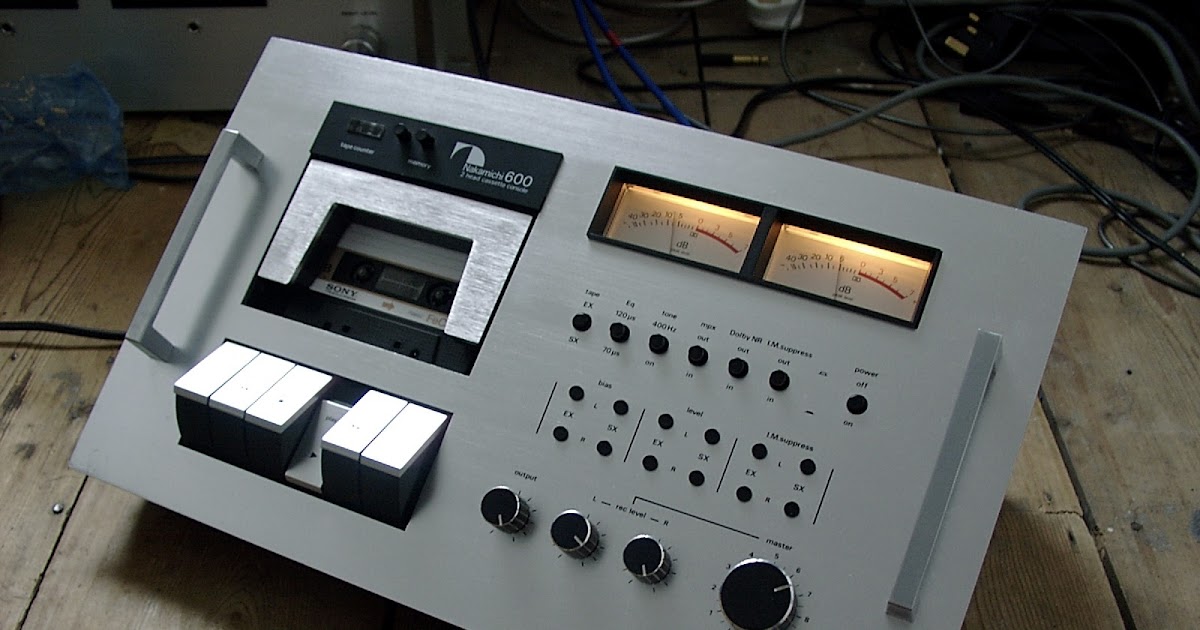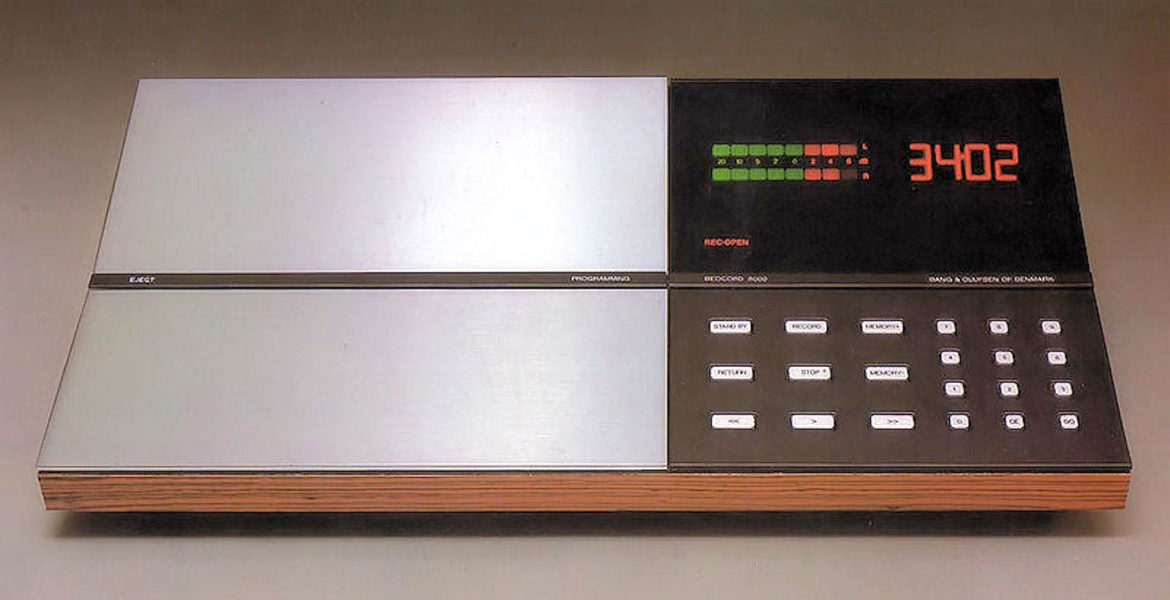From 1974 to roughly 2004, Sony produced cassette decks. The machines evolved dramatically over those three decades; they began as top-loading devices with small VU meters, slow ballistics, Dolby B and Chrome tape capabilities, and little else. They were multi-motor, had Metal switching, Dolby B, C, and S, electronic meters and tape counters, and a much slicker user interface by the end of its long run.
The TCK-55/II, a mid-market design that cost £180 in 1979, was part of the first wave of ‘modern’ machines. It has full logic, LED peak metering, and quick analogue VU meters, as well as compatibility with Ferric, Chrome, FeCr, and Metal, and a dual Brushless, Slotless, Linear (BSL) motor transport. Despite being only five years into the Sony tape tale at the time of its premiere towards the end of the 1970s, it must have felt like a huge step forward. The Sendust and Ferrite (S&F) record/replay head is one of the best features of this generation of Sony decks; whatever else wears out with frequent usage, this won’t! Many rivals at the time had soft permalloy heads, which caused many owners to discard them after seven or eight years…
Despite the fact that mid-market Sony cassette decks could barely scrape 15kHz with Chrome tape just a few years ago, the TC-K55/II demonstrates its modernity with a 20Hz to 19kHz (-3dB) frequency response with Metal tape. It’s worth noting how significant Metal was as a new technology; the mark II version was rushed out, with the S&F record/replay head replacing the Ferrite and Ferrite version of the mark I. For the new tape type, the redesigned head gave more headroom and better wear resistance. The mark II likewise had memory halt for reasons only Sony knows about.
Even Sony’s cassette decks from twenty years later couldn’t compete with the TC-K55/II in terms of technological performance. The signal-to-noise ratio was 64dB with Dolby B enabled, while wow and flutter were both 0.04 percent. The total harmonic distortion was estimated to be 1%. The 5.2kg deck measures 430x130x290mm and has a metal front panel and case, yet when you open it up, you’ll see there’s more plastic within than the previous model.
Sonically, the Sony is excellent; it sounds clean and steady, with a wide frequency response and little noise; it has a powerful, confident sound that would have required going to open reel five years ago. It wasn’t quite up to par with the greatest Pioneer cassette decks at the time, but it came close, and it had – and still has – a crisp, clean, modernist appearance. Sony devices from this era appear to be strangely eternal; gone are the wooden side cheeks and flashy brushed aluminium front panels, which nevertheless look great today. These are strong and long-lasting decks that can be found for under £100 second-hand, giving them significantly better value than more trendy designs.






